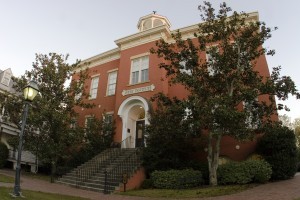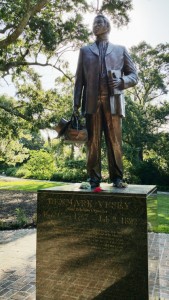For those who were not able to able to attend, please see the following introductory comments presented by Drs. Simon Lewis and Anthonia Kalu at the opening of the Commemorative Ceremony held at Brittlebank Park in Charleston, SC on March 20, 2013, to honor the victims of the Middle Passage and the struggles of African descendants throughout the world.
Introduction at Brittlebank Ceremony,
ALA Charleston –March 21, 2013
Thank you, Helen and Ann for those moving introductions to today’s ceremony honoring the dead of the Middle Passage and the under-acknowledged contributions of generations of Africans and African-descended peoples in the Americas. On behalf of the ALA, the Office of Multicultural Student Programs and Services at the College of Charleston, and the Jubilee Project, thank you all for joining us on this historic occasion, and, “Welcome all of you!” on this beautiful and peaceful evening in this beautiful place. This visit to Charleston’s Brittlebank Park resonates with a similar visit the ALA made when our annual conference took place in Dakar, Senegal in March 1989. On that occasion we made a pilgrimage to Goree, the most westerly point of the continent infamous for being the site of the “Door of No Return” from which untold thousands were crowded onto European slave-trading vessels and transported to the New World. That profoundly moving pilgrimage prompted one of our members, the poet Niyi Osundare to write the poem, “Goree” that will be the first of our readings this evening. Our presence in this space twenty-four years later draws attention to the fact that for all its current beauty, this too is a place of memory, and a site of trauma.
Historians estimate that 40% of all Africans kidnapped and landed as slaves in continental North America, landed in this very city of Charleston, and just a mile or so upriver from here at Ashley Ferry River was one of the many sites around the city where men, women and children were sold directly from the boat. Although historic sites in this area and around the nation have expanded and enhanced their presentation of previously invisible histories of the African-American experience, there is still a considerable “acknowledgment gap” in the general public understanding that fails to give due consideration to African contributions to the physical and economic landscape of the new worlds they helped to build. This acknowledgment gap, which as we shall hear later was so poetically and powerfully described more than a century ago by W.E.B. Du Bois, shows itself ironically in absences: of public memorials, of statuary, of street- and place-names honoring Africans or African Americans; in the absence even, as Toni Morrison has remarked, of such a humble thing as a bench by the road. Despite the Emancipation Proclamation of 150 years ago and the desegregation of public education here in SC that the Jubilee Project is commemorating, the consequences of two centuries of slavery followed by another hundred years of officially-sanctioned segregation are still with us. We believe that humanities scholars have a vital role in laying this history to rest. We believe that humanities scholars should lay this history to rest, not because it should be forgotten, but in order to relate to it in a fuller knowledge both of its historical facts and its contemporary implications. It goes without saying that such a commemoration is extremely uncomfortable and fraught with potential for misunderstanding and pain. That is one of the reasons why the Jubilee Project and this conference are seizing on the anniversaries of emancipation and desegregation as a catalyst for a critical commemorative process: these anniversaries enable us to confront squarely the history of slavery, resistance and abolition as part of the literature of liberation and the law in the story of America and the world. The commemoration of the expansion of freedom is the keynote of that narrative, and of the foundational place of Africans and African-descended people in that narrative.
Peter Wood uses the image of the hour-glass to describe Charleston’s role in the African Diaspora. In thinking of Charleston as the birthplace of African America, one may think of the narrow harbor entrance in terms of another, more graphic, more somatic image — as the birth canal of African America. In tonight’s commemorative ceremony, we remember not only the acute pain of that birth but we also salute African America’s contributions to local, regional, national, and international history, and the courage of all our ancestors who, in the words of Kwame Dawes’s poem, “straightened their backs” and “shouldered their burden” in the long, uneven, and often dangerous struggle for freedom.
Anthonia Kalu and Simon Lewis
African Literature Association- Charleston
March 2013
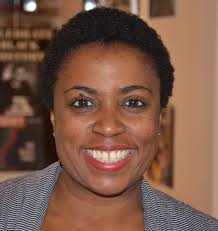
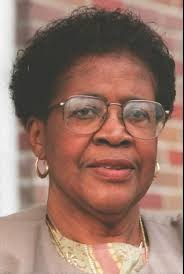
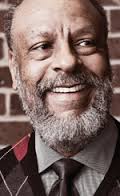 For more information on the Avery Institute, please visit the following website: http://avery.cofc.edu/
For more information on the Avery Institute, please visit the following website: http://avery.cofc.edu/
